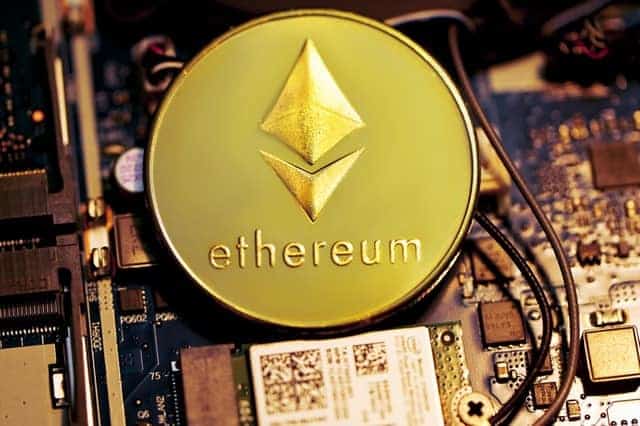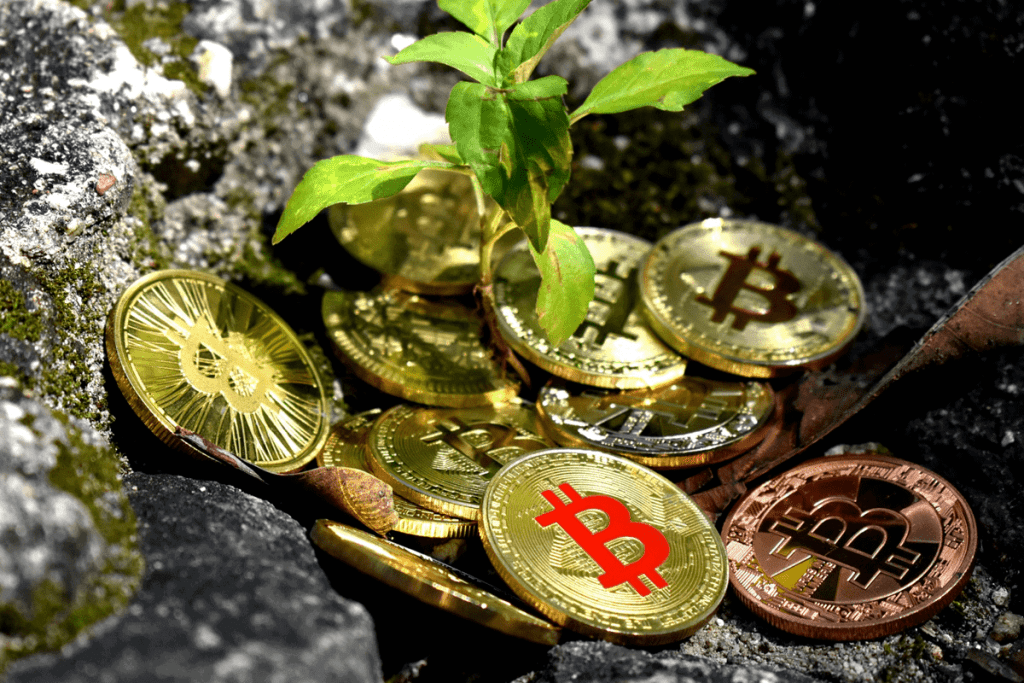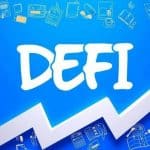The blockchain is a relatively new technology, and it can be difficult to understand. With so many terms being thrown around, it’s easy to get lost in the lingo. That’s why I put together this glossary of important blockchain terminology for you!
Blockchain
The blockchain is a distributed database that enables secure, transparent, and tamper-proof transactions. It is used to record and store data on digital currencies such as Bitcoin.
Talking about blockchain means talking about the technology behind Bitcoin and other digital currencies. Bitcoin is the first application of blockchain technology, but the blockchain has many more potential applications.
Cryptocurrency
Cryptocurrency is a digital or virtual currency that uses cryptography to secure its transactions and to control the creation of new units. Bitcoin is the most well-known cryptocurrency, but there are more than 15,000 cryptocurrencies on the market today with new ones appearing every day, according to CoinMarketCap.com.
Cryptocurrency has tremendous potential to change the way we do business. It’s already made international transactions much easier and faster, without requiring paper money or bank transfers to move across borders.
Bitcoin
Bitcoin is a cryptocurrency and the first decentralized digital currency. Transactions are verified by network nodes through cryptography and recorded in a public dispersed ledger called a blockchain.
It was created by an unknown person or group of people under the name Satoshi Nakamoto, and released as open-source software in 2009.
Bitcoins are basically lines of computer code that are digitally signed each time they travel from one owner to another. Transactions can be made anonymously, making it a popular choice for anyone looking to purchase illegal goods online.
At present Bitcoin is the most valuable digital currency.
Ethereum

Ethereum is a decentralized platform that runs smart contracts: applications that run exactly as programmed without any possibility of fraud or third-party interference.
Ethereum was founded by Vitalik Buterin in 2015 and has since become the second-largest cryptocurrency after Bitcoin. It has been hailed as Bitcoin’s successor due to its ability to support decentralized applications and smart contracts, but it also aims to solve other problems associated with Bitcoin.
Smart contract
A smart contract is a computer protocol intended to digitally facilitate, verify or enforce the negotiation or performance of a contract. They are self-executing contracts with the terms of the agreement between buyer and seller being directly written into lines of code.
Smart contracts have the potential to revolutionize many industries, including finance, real estate, and healthcare.
Mining
Cryptocurrency mining is the process by which new cryptocurrency tokens are created and added to circulation. Mining involves adding transaction records to Bitcoin’s public ledger of past transactions (called blockchain ).
Miners are rewarded for their efforts with newly created cryptocurrency and transaction fees. Mining is a very energy-intensive process, and miners often use special software to solve math problems and are issued a certain number of new coins in exchange.
At present, mining Bitcoin isn’t nearly as profitable as it was back when the cryptocurrency first launched — but people still do it anyway because the currency has its value. Mining other cryptocurrencies such as Litecoin and Ethereum is still profitable.
Solidity
Solidity is a contract-oriented, high-level programming language for writing smart contracts. It was designed by Gavin Wood, co-founder of Ethereum, and is used to write applications on the Ethereum network.
Solidity is similar to JavaScript in terms of syntax and readability, making it relatively easy for developers to learn. It has been used to write a wide variety of contracts, including voting protocols, financial instruments, and insurance products.
DeFi
Decentralized finance (DeFi) is a term used to describe financial applications that are built on top of decentralized blockchains such as Ethereum. DeFi applications are trustless and censorship-resistant, meaning they cannot be shut down or manipulated by any third party.
DeFi applications include peer-to-peer lending, margin trading, and decentralized exchanges. DeFi has the potential to revolutionize traditional financial services, making them more transparent, efficient, and secure.
NFTs
Non-fungible tokens (NFTs) are one of the most exciting aspects of crypto. NFT is a special kind of cryptographic token that is unique, non-divisible, and cannot be replaced by another version of itself if it has been damaged or lost. Non-fungibles can represent any asset with these properties, such as houses, cars, or unique artwork.
NFTs are stored on decentralized blockchains and can be traded peer-to-peer. This makes them perfect for representing unique assets and digital collectibles.
ICO

An Initial Coin Offering (ICO) is a means of crowdfunding for new cryptocurrency ventures. An ICO typically involves selling a percentage of the newly issued cryptocurrency tokens to early backers of the project in exchange for legal tender or other cryptocurrencies.
ICOs are a high-risk investment but can be very profitable if the project is successful. My advice for you with ICO is to invest only a very small amount which you can afford to lose at this stage.
DAO
A Decentralized Autonomous Organization (DAO) is an organization that is run by rules encoded in computer code and that exists independently of any human intervention. DAO’s are often used to manage decentralized applications (DApps) on blockchain networks.
DAOs are self-sustaining and can be autonomous from the original organization that created them. This makes them very resilient and difficult to censor or hack.
DAOs are often used to crowdfunding new projects or to manage digital assets. The most famous DAO was the Ethereum project, which raised over $150 million in its initial coin offering.
Learning the terminology of blockchain is important for those who want to understand how it works. It also helps you avoid some embarrassing mistakes like not understanding what a fork is (hint, don’t forget). If you’re ready to learn more about this topic and make sure your newfound knowledge doesn’t go to waste, take a look at my other articles on Cryptocurrency topics.





